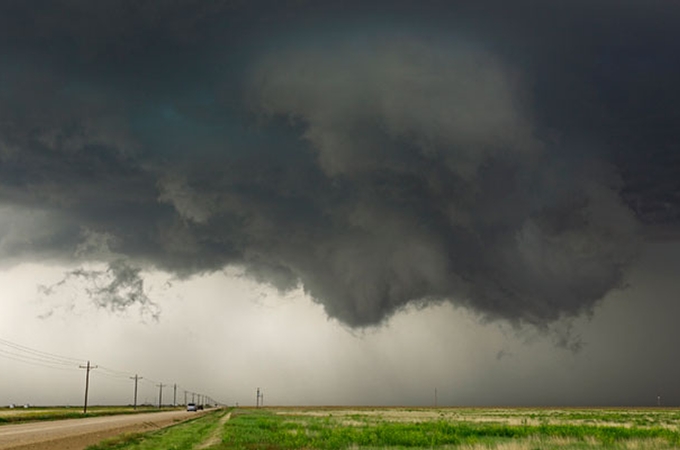7 Ways You Might Be Sabotaging Your Salad

Salads may not be as American as apple pie, but plenty of people report eating them regularly: four times a week, on average, according to a poll commissioned last year by Fresh Express and conducted by OnePoll. More than half of the 2,000 U.S. adults polled — 62 percent — said that salads are part of their regular diet.
It’s a little puzzling to reconcile those numbers with the staggering rates of obesity in this country, but then, the health value of a salad really depends on quality rather than quantity. While salad — usually conceived as a big bowl of fresh, raw vegetables and leafy greens — has all the makings of a terrific health food, it’s easier than you might imagine to go astray and sabotage your salad. Pouring on the dressing, overdoing the carbs, forgetting about protein, and other common missteps can turn this nutritious meal into a calorie bomb.
Whether you’re ordering out or tossing your own, here are seven common mistakes to avoid.
- Mistake 1: Forgetting Protein
- Mistake 2: Drowning in Dressing
- Mistake 3: Packaged Dressings
- Mistake 4: Going Crazy on the Croutons
- Mistake 5: Boring Bowls
- Mistake 6: Using Light Greens
- Mistake 7: Not Cleaning Around Your Greens
The Magic Formula for a Winning Salad
Now that you’ve learned what salad mistakes to avoid, here’s how to do it right! Cassetty shares her formula for building a satisfying, substantial, nutrient-dense salad. Combine the following:
- Two parts veggies, which could be leafy greens; chopped peppers, cucumbers, or tomatoes; or roasted veggies
- One part carbs, such as quinoa, brown rice, sweet potatoes, butternut squash, or dried or fresh fruit
- Protein, such as eggs, beans, legumes, or tofu
- Fat Cassetty encourages plant-based sources of fat such as avocado, olives, or an oil-based dressing. Cheese works well for certain salads — think beets and goat cheese or a Greek salad with feta.
- Crunchy bits Nuts, seeds, or crunched-up whole-grain chips or crackers
- Flavoring Along with dressing you can add enhancements like Italian, Greek, or everything-but-the-bagel seasoning.
How much of the protein, fat, and crunchy bits should you add? “The amount that would feel comfortable and enjoyable,” Cassetty says. “Think about the fat source as an accessory — it gives your salad lots of flair, but you don’t want to overdo it,” she says. “And protein is a filling element, so how hungry are you? When we base our decisions like that, we’re tuning into our bodies, and that helps us eat more in line with what our bodies need.”
To read the full article click here
By Stephanie Thurrott (March 2023)



